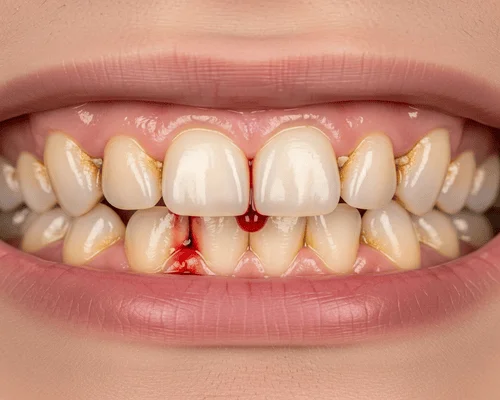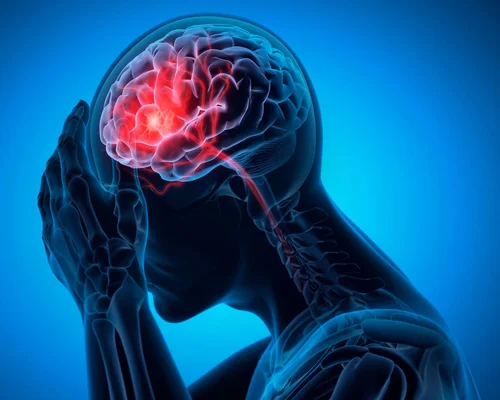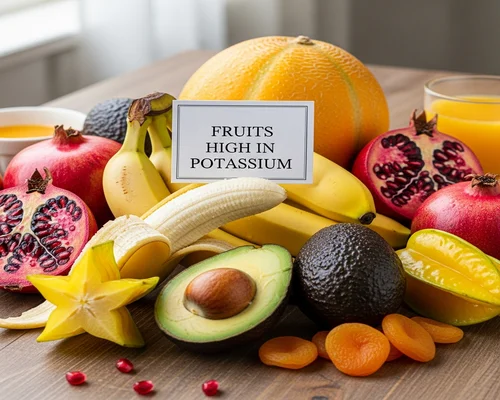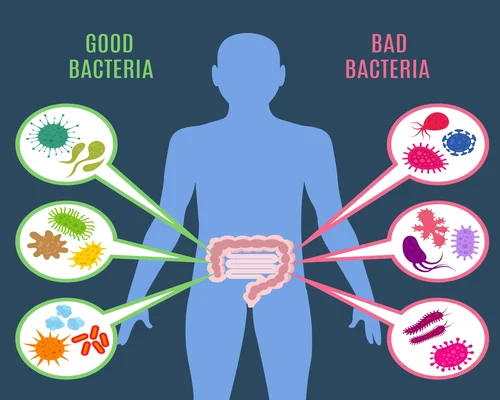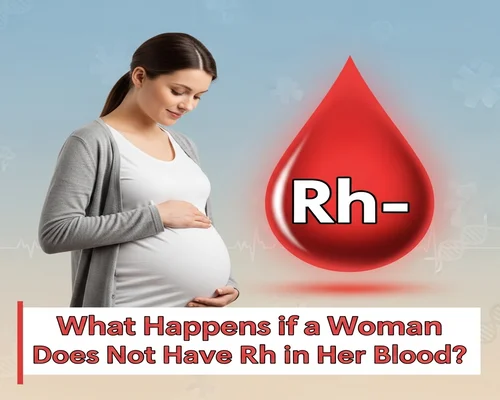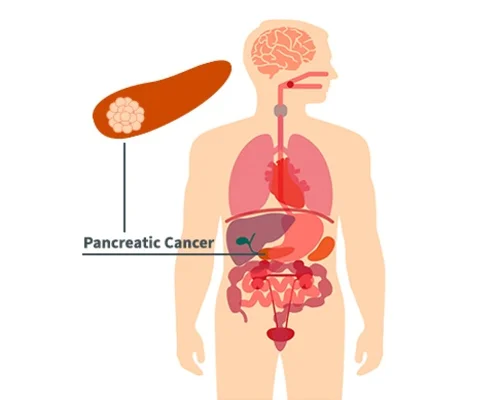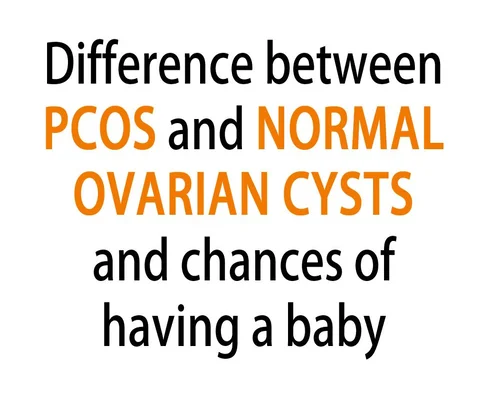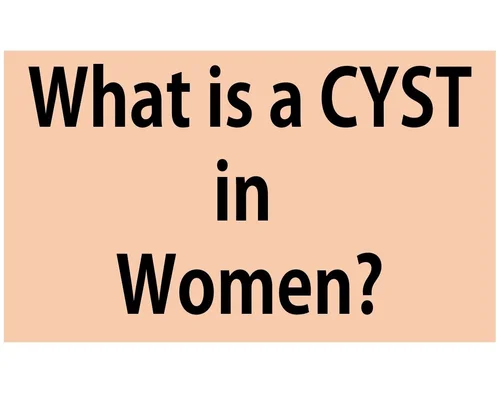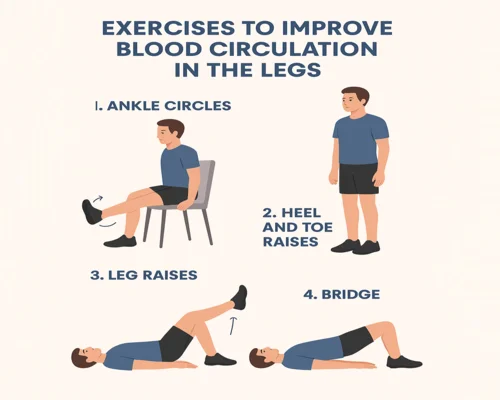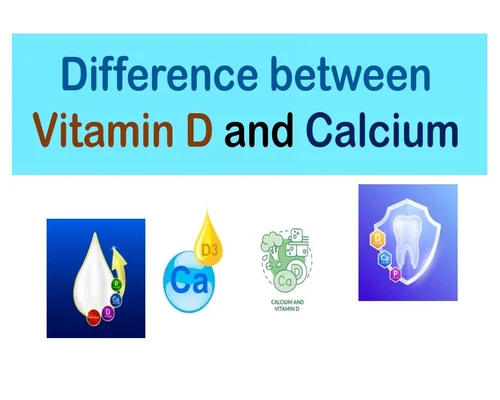
Difference between Vitamin D and Calcium
Difference between Vitamin D and Calcium
Vitamin D and calcium are both essential nutrients for the body, but they are different. Vitamin D is a fat-soluble vitamin that helps the body absorb calcium. Calcium is a mineral that strengthens bones and teeth. In simple terms, vitamin D helps the body absorb calcium, while calcium is essential for the formation and protection of bones.
Here are some of the key differences between vitamin D and calcium:
Type:
Vitamin D is a vitamin, while calcium is a mineral.
Function:
Vitamin D helps the body absorb calcium and phosphorus, which are essential for bone and tooth health. Calcium mainly works to build bones and teeth and keep them strong.
Source:
Vitamin D can be produced naturally in the body from sunlight, and is also available from some foods and supplements. Calcium is mainly found in dairy products, green vegetables, and certain fish.
Effects of Deficiency:
Vitamin D deficiency can cause rickets (in children) and osteomalacia (in adults). Calcium deficiency can cause rickets in children and osteoporosis in adults.
Supplementation:
Both calcium and vitamin D are commonly taken as supplements, especially for those who are deficient in these elements.
In short, vitamin D and calcium are two different but related nutrients. Vitamin D helps in the absorption of calcium, which is essential for bone health.
Difference between vitamin D and calcium
Vitamin D and calcium — These two nutrients are very important for our body, especially in maintaining bone and tooth health. However, their structure, source, function, and role in the body are completely different.
Difference between Vitamin D and Calcium at a Glance:
Vitamin D
- Type: A fat-soluble vitamin
- Main function: Helps calcium absorb and deposit in bones
- Source: Sunlight, egg yolk, fish oil (sardines, salmon), fortified milk
- Absorption in the body: Absorbed through fat
- Storage: Stored in the body (liver and fat)
- Deficiency symptoms: Weak bones, rickets, fatigue, sensitivity to sunlight
Calcium
- Type: A mineral
- Main function: Maintains bones, teeth, muscles, and nerve function
- Source: Milk, yogurt, chicken, small fish, vegetables, nuts
- Absorption in the body: The body cannot absorb it properly without vitamin D
- Storage: Stored in bones, but excess can cause kidney problems
- Deficiency symptoms: Bone loss (osteoporosis), dental problems, muscle tension
Relationship between the two
Vitamin Without D, calcium cannot function properly in the body.
That is: Vitamin D = key to calcium absorption
Example:
If you eat a lot of calcium, but do not get vitamin D — then it will not be stored in the bones.
Again, even if you have vitamin D, your bones will not be strong if you do not eat calcium.
Who needs more of it?
Vitamin D
- Children and teenagers: For bone formation
- Pregnant mothers: For fetal bone formation
- Elderly people: To reduce the risk of bone loss
Calcium
- Children and teenagers: For bone and tooth development
- Pregnant mothers: For themselves and their children
- Elderly people: To prevent osteoporosis
Conclusion:
Calcium is the "brick", and vitamin D is the "cement" — both are needed for bone formation.


-vegetable.webp)
